A Bird by Any Other Name
Animals named after other animals
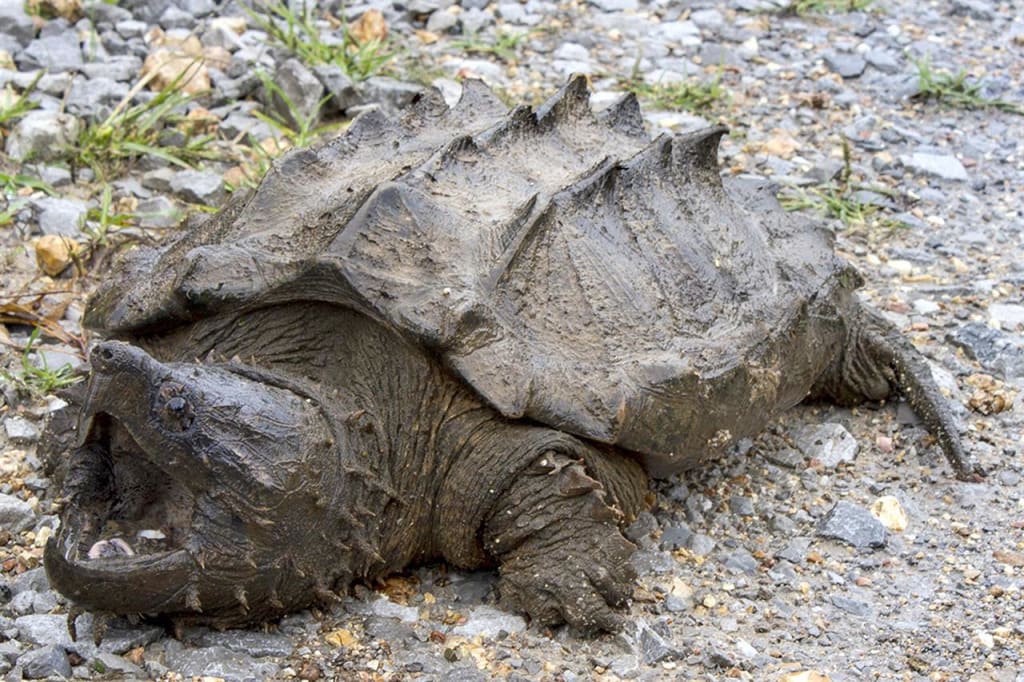
Alligator snapping turtles are a large species of turtles. They’re the largest freshwater species of turtles in North America. They can be found primarily in the southeastern US waters from the Florida Panhandle west to East Texas, north to southeastern Kansas, Missouri, southeastern Iowa, western Illinois, southern Indiana, western Kentucky, and western Tennessee. Their habitats include rivers, lakes, and canals. Alligator snapping turtles are carnivores and consist of fish, fish carcasses, mollusks, carrion, and amphibians. They’re also known to eat snakes, crayfish, worms, water birds, aquatic plants, other turtles, and at times even alligators.
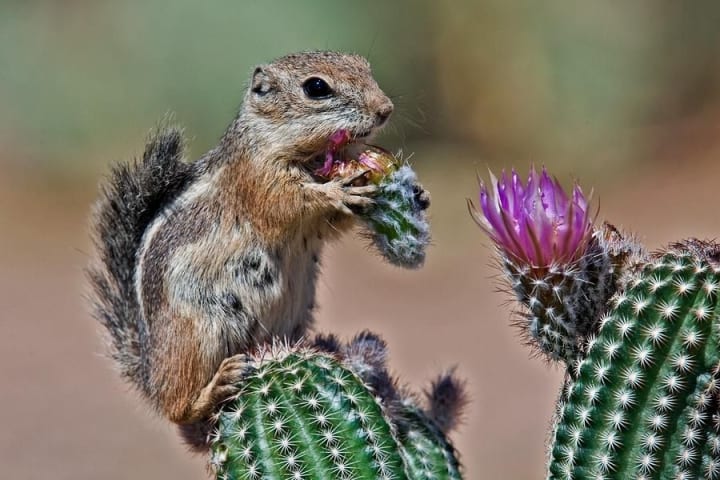
Antelope squirrels are small ground squirrels found in arid and desert habitats. It’s not really known how they got their names. There are five species that all share the same physical characteristics. These squirrels are tolerant to hypothermia and can survive high body temperatures. They make their homes in the US states of Arizona and New Mexico and in Sonora in Mexico. They’re adapted to hot weather conditions using a technique known as “heat dumping”. Their diets include vegetation, insects, small rodents, and carrion.
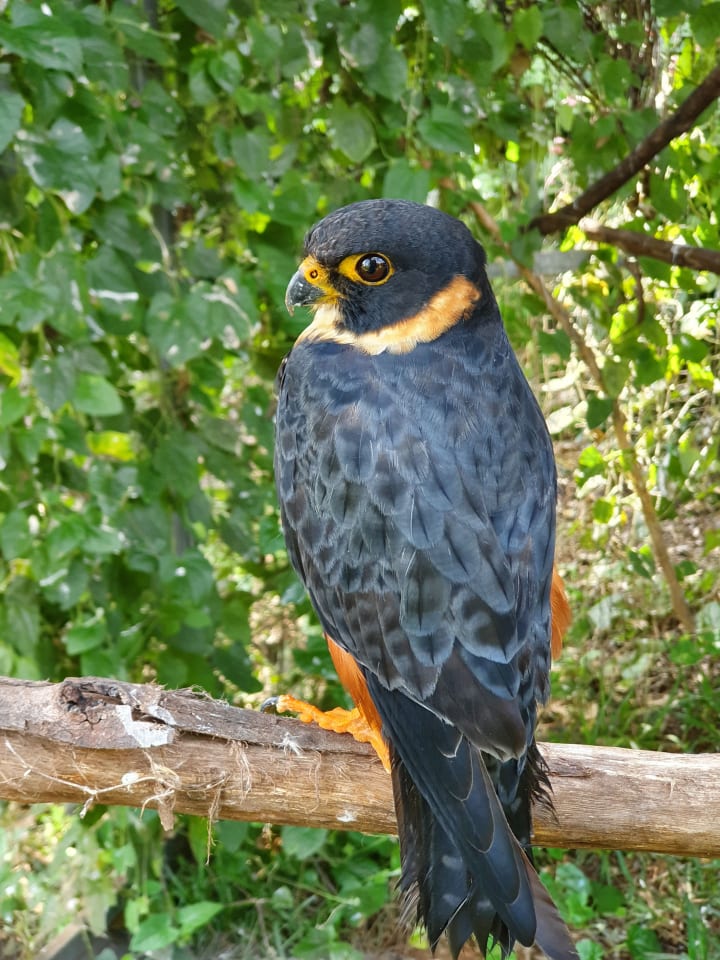
Bat falcons were so named because they prey on bats. These are quick and agile birds. They sit upon high perches looking for bats which they can grab from midair. Even though the name “bat falcon” applies to the entire species only the female falcons hunt bats. The males which are smaller hunt large insects such as moths and grasshoppers. Bat falcons make their homes in the tropics – Mexico, Central and South America, and Trinidad.
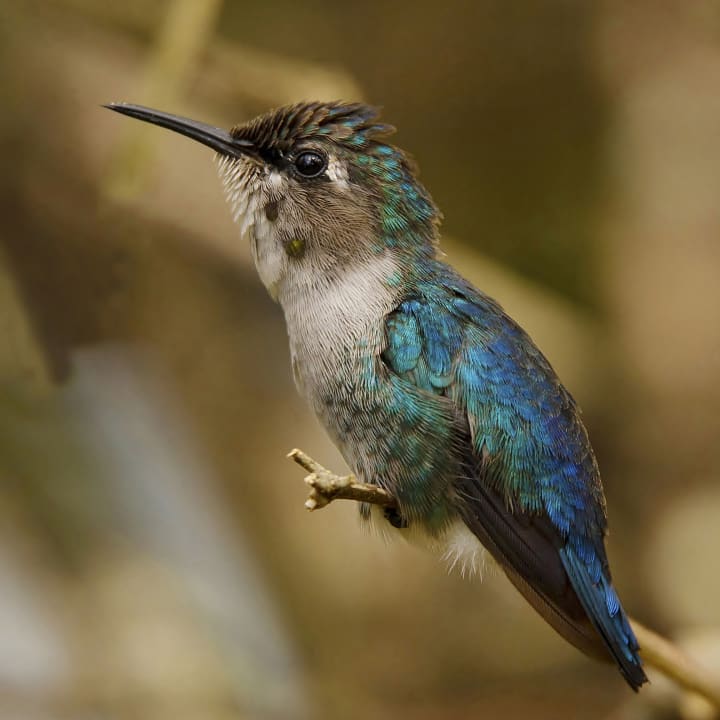
Bee hummingbirds are the smallest living birds. They buzz about at a size that is barely bigger than bee size. These hummingbirds are among the most brightly colored birds in the world. Like bees they feed on nectar and contribute to the pollination of flowers. Bee hummingbirds can only be found on Cuba in the Caribbean.
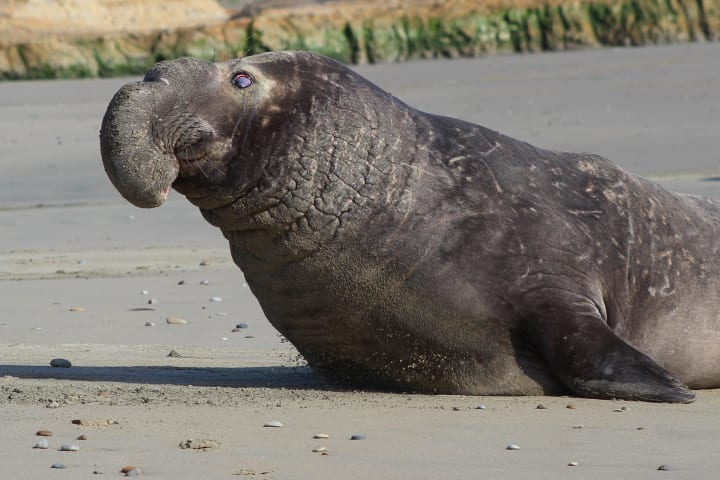
Elephant seals have prominent trunk-like noses. Their noses let them make loud roars to ward of rival males during breeding season and also their noses acts as “rebreathers” reabsorbing moisture from each exhalation to keep them hydrated. They are massive marine animals weighing up to four tons and dive deeper than most whales. There is the Northern elephant seal and the Southern elephant seal. Northern elephant seals inhabit the Pacific coast of Mexico, the US, and Canada. Southern elephant seals can be found on big and small islands along the coasts of South Africa, New Zealand, Argentina, and Chile. They’re carnivores and enjoy skates, rays, squid, octopuses, eels, small sharks, and large fish.
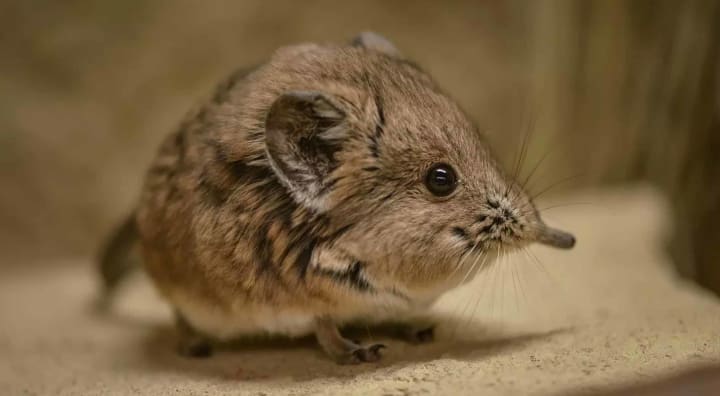
Elephant shrews are tiny, cute animals with long noses. These have anteater-like noses so they can find prey along the ground. Even though small, these shrews are more closely related to elephants than to actual shrews. Their habitat includes forest, woodland, and grassland exclusively on the African continent. They might be tiny but can jump three feet into the air so they’ve been nicknamed “jumping shrew”. They’re known to thrive in the Namib Desert which is one of the driest places on earth. They are omnivores and their favorite food is insects.
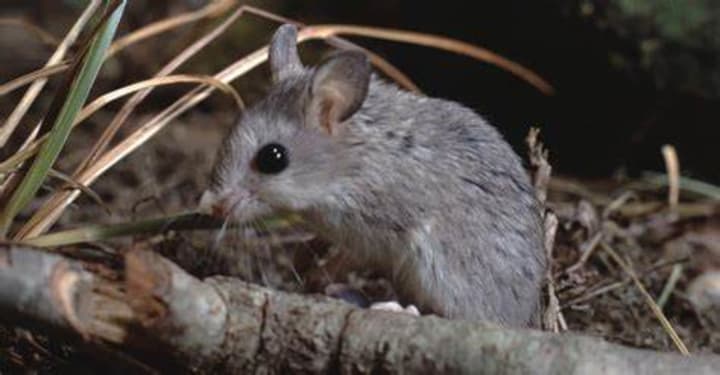
Grasshopper mice are named after their favorite prey just like bat falcons. They give off werewolf howls. They enjoy dining on grasshoppers, scorpions, snakes, and other mice. They can be found in North and Central America.
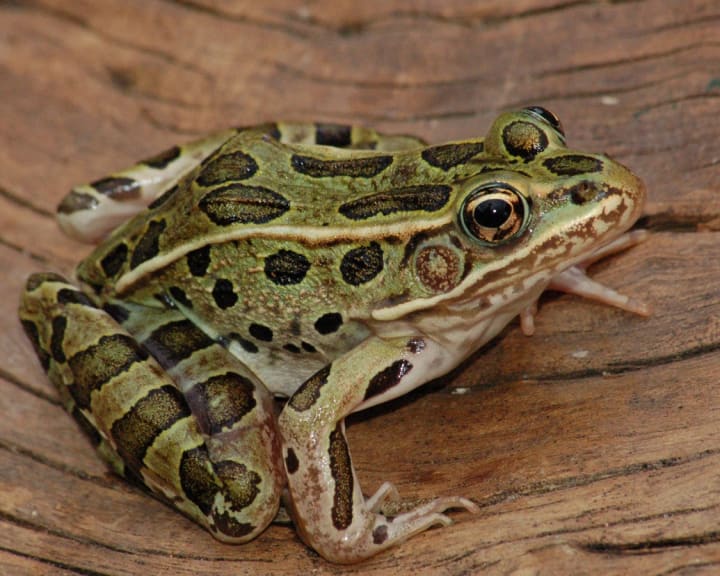
Leopard frogs have spots like leopards. Their spots are green and brown. There are fourteen species of leopard frogs each having their own distinct spotted appearance. Their habitats are found in North, Central, and South America. They live in forests, grasslands, and wetlands. They’re carnivores and their diets include insects, mollusks, birds, worms, snakes, and other frogs.
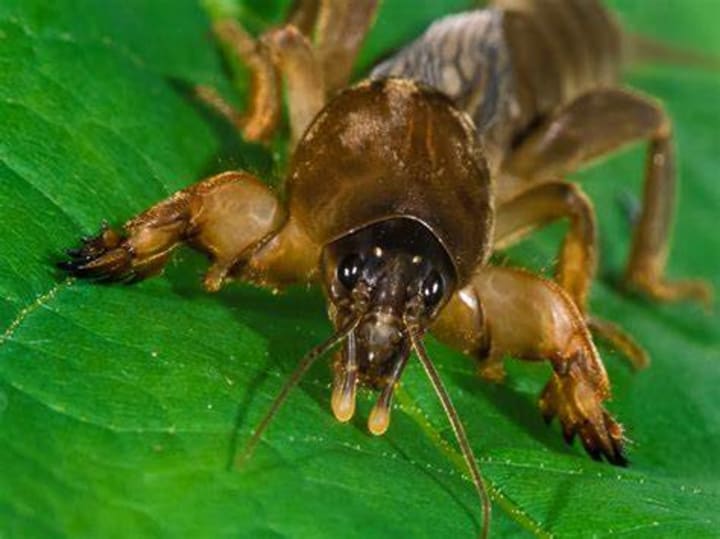
Mole crickets were so named due to their shovel-like forelimbs which help them burrow into the ground like moles. They make their homes underground. These crickets can be found in Africa, Asia, Europe, North America, Central and South America, and Oceania. They’re omnivores and their diets include roots, worms, and grubs.
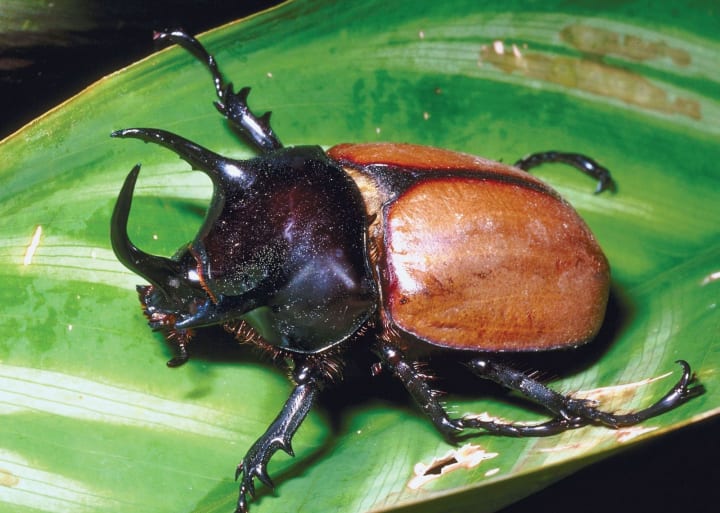
Rhinoceros beetles have their own horns and use them to spar with rival male beetles during mating season. On this earth there are more than 1,500 species of rhinoceros beetles and they all have horned headwear. They’re not a threat to humans and in Asia are kept as pets. They can be found on every continent except Antarctica and in the US rhinoceros beetles live in the south from Arizona, northeast to Nebraska, and eastward. During the days they hide in leaf litter, plants, and fallen logs. They’re herbivores and their diets consist of fruit, nectar, and sap.
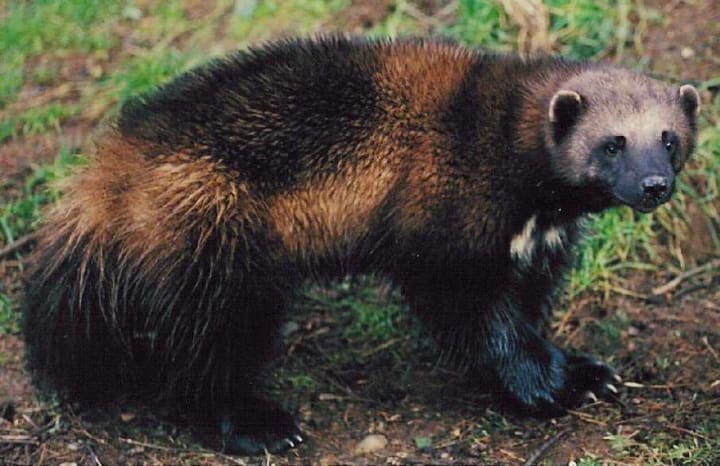
Skunk bears are more commonly referred to as wolverine. They got their name due to giving off a foul smell like a skunk. They do this with anal scent glands to mark their territory. They look like small bears. They’re omnivores and eat both meat and vegetation. They prefer colder areas and live in the Arctic and subarctic, in grasslands, Alpine forests, taiga, boreal forests, and the tundra of Europe, Asia, and North America in the northern latitudes.
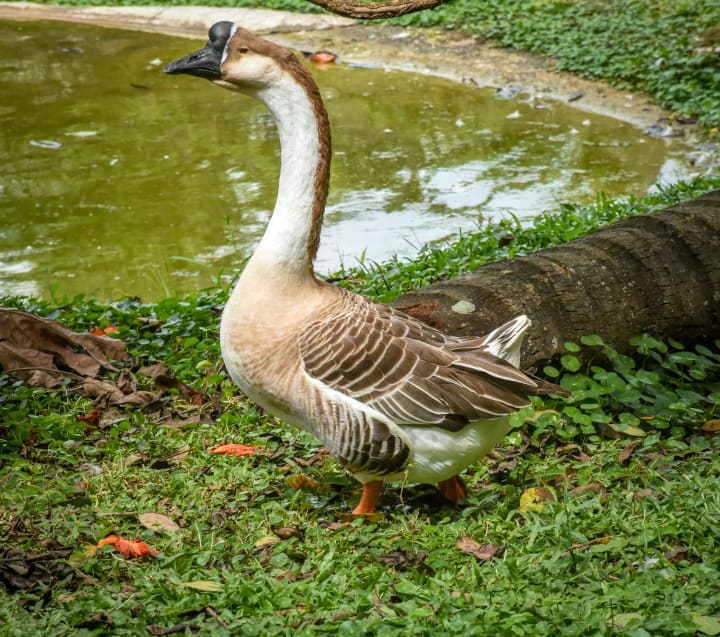
Swan geese are large geese with a natural breeding range in inland Mongolia, northernmost China, and the Russian Far East. They’re migratory spending their winters in central and eastern China. This species has been domesticated. They rarely swim and spend a lot of time grazing on plants. Swan geese are herbivores and feed on grass, leaves, roots, and water plants and will eat seeds and berries.
About the Creator
Rasma Raisters
My passions are writing and creating poetry. I write for several sites online and have four themed blogs on Wordpress. Please follow me on Twitter.






Comments
There are no comments for this story
Be the first to respond and start the conversation.